 Metro Guelatao is a station on Mexico City’s Line A of the Metro. The station name comes from the avenue running northeast from here. Passing out of the City, it becomes the Avenida Adolfo López Mateos in Nezahualcóyotl, Mexico State. Little known by those not from the area, the avenue runs directly to the glorieta bearing the famous Coyote of Nezahualcóyotl. The giant steel sculpture is by the artist, Sebastián. It’s a symbol for that city, and visible for miles in every direction.
Metro Guelatao is a station on Mexico City’s Line A of the Metro. The station name comes from the avenue running northeast from here. Passing out of the City, it becomes the Avenida Adolfo López Mateos in Nezahualcóyotl, Mexico State. Little known by those not from the area, the avenue runs directly to the glorieta bearing the famous Coyote of Nezahualcóyotl. The giant steel sculpture is by the artist, Sebastián. It’s a symbol for that city, and visible for miles in every direction.
The avenue lends its name to the neighborhood. But it takes it’s name from San Pablo Guelatao in the municipality of Guelatao de Juárez in Oaxaca. The first wholly indigenous President of Mexico, Benito Juárez was born in San Pablo in 1806.
The station logo depicts the Cabeza de Benito Juárez. The famous monument and museum, attributed especially to artist David Alfaro Siqueiros, is just a few minutes walk from the south side of the station.
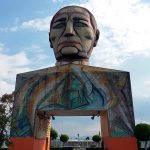
Nearest at 0.49 kms.
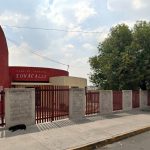
Nearest at 0.59 kms.
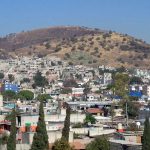
Nearest at 0.96 kms.

The nerve center of UNAM's CU campus...
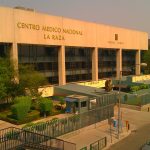
One of Mexico City's most important medical facilities....
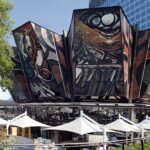
A striking historical cultural center and theater, it's one of the City's most photographed landmarks.
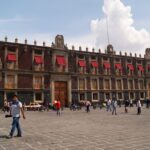
The old customs building today shows off some the SEP's extensive art collection.
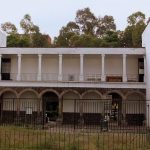
One of Tlatelolco's oldest continually occupied sites, it's the former seat of the Indigenous Government.